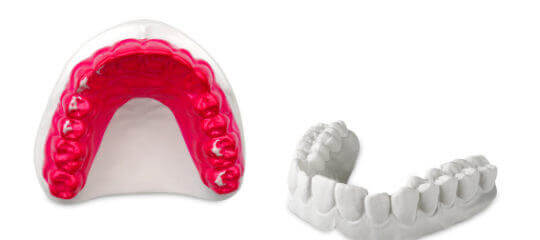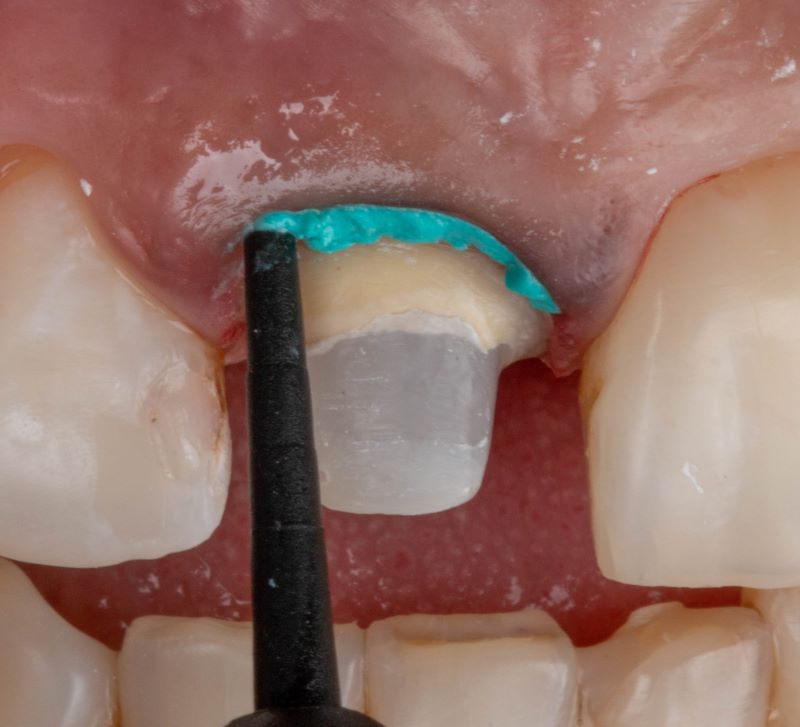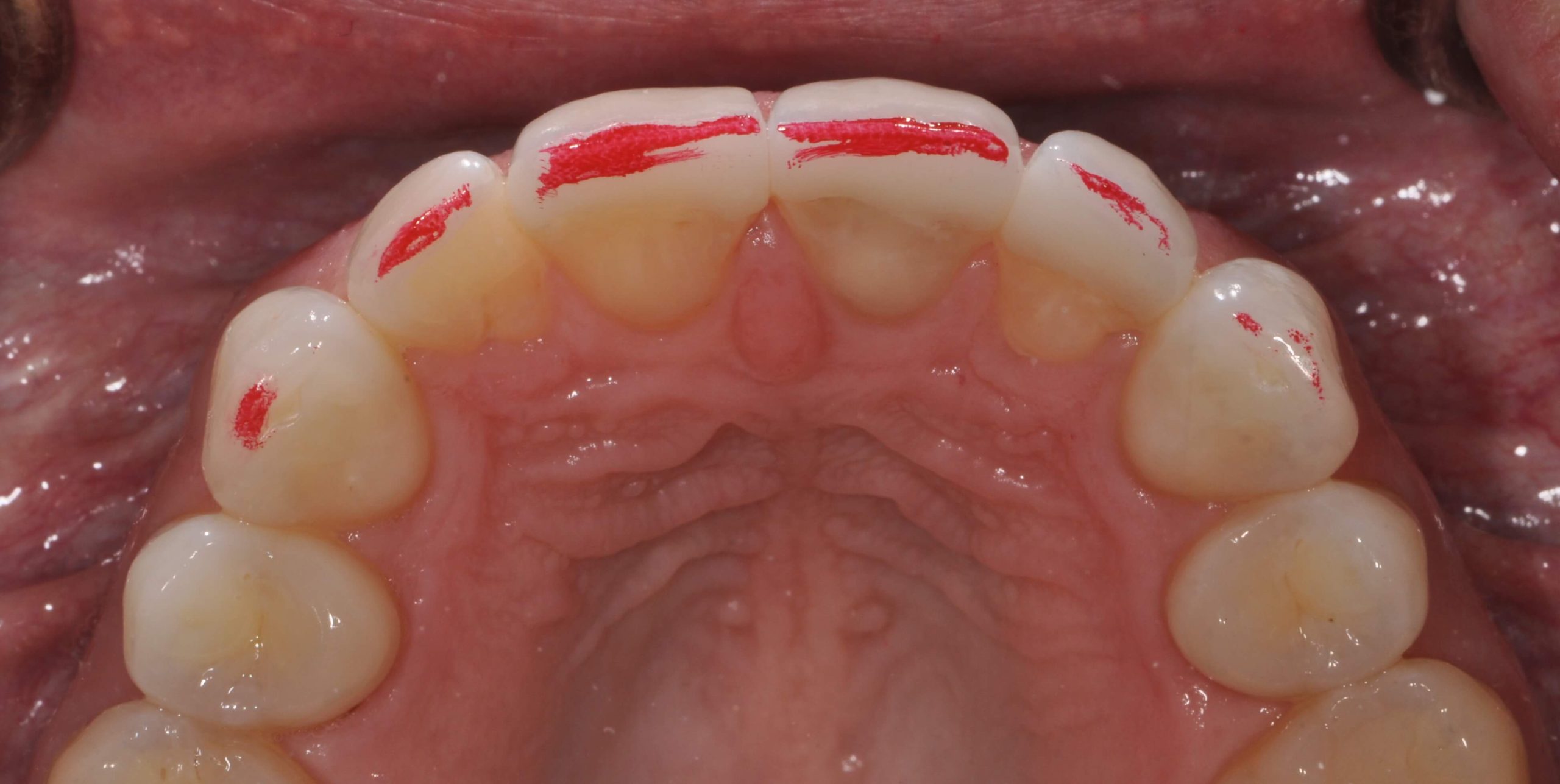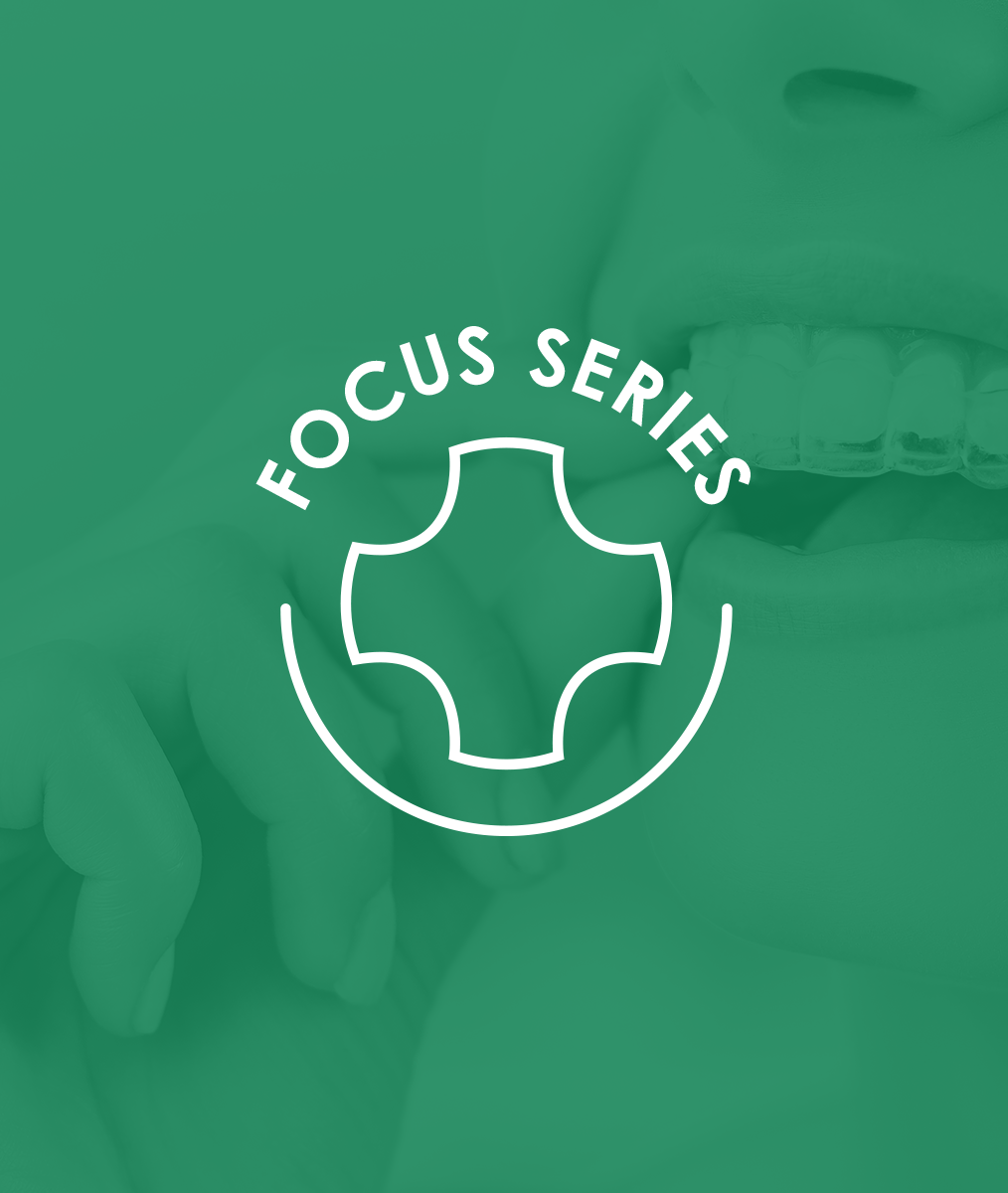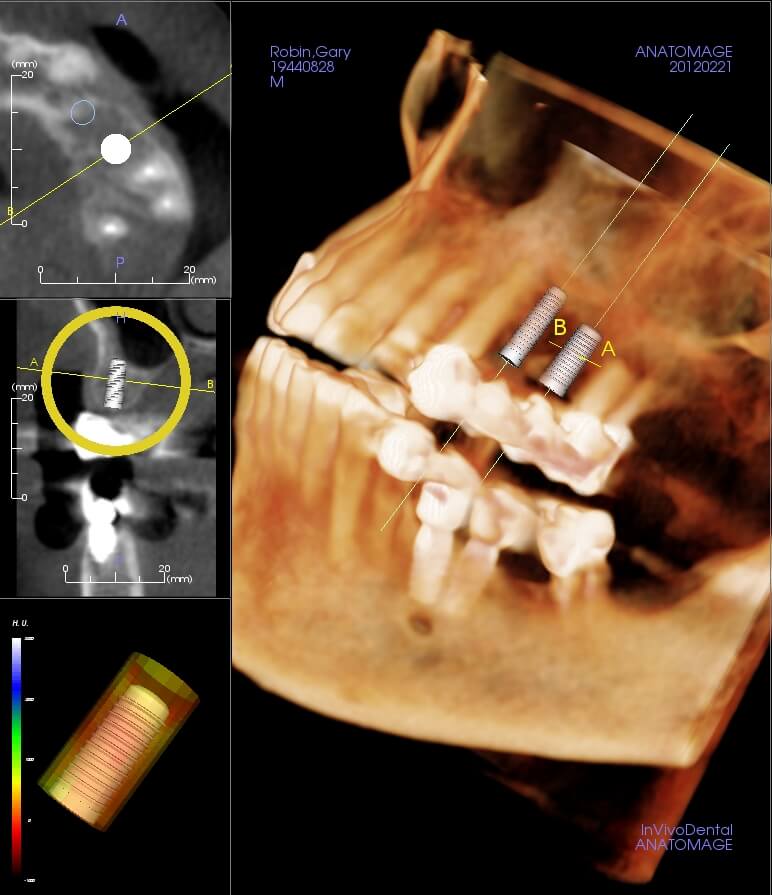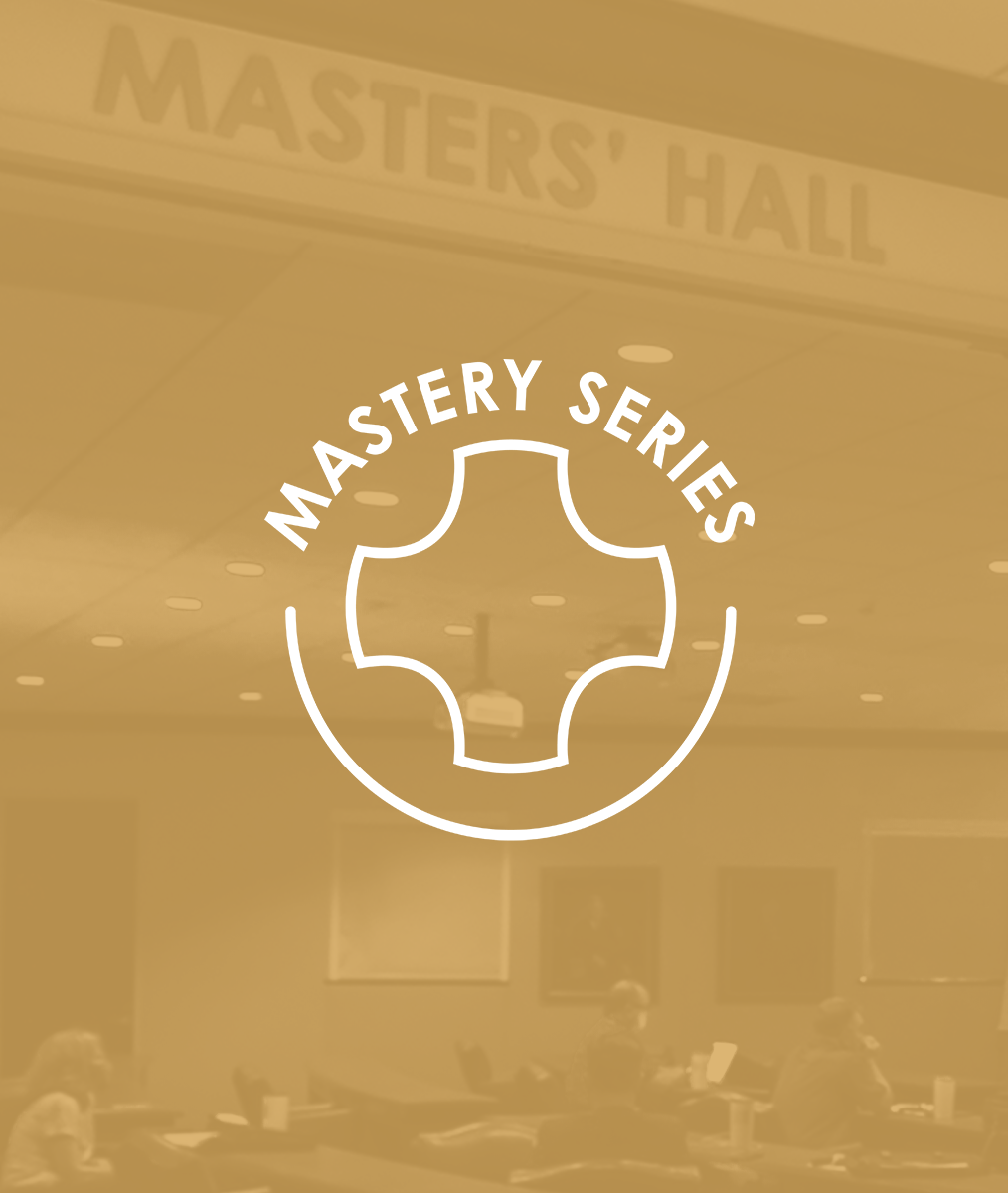Brux Checker® Foil: A Great Way to See Tooth Wear Patterns
Sometimes we suspect a dental patient has tooth wear or damage from attrition. In these cases, we want to help the patient understand what they do with their teeth while sleeping. We also want to see for ourselves the patterns of wear. I recently learned about the Brux Checker® diagnostic material during the 2022 Masters Week at The Pankey Institute.
During Masters Week, Dr. Ricardo Armanetto from Genoa, Italy, showed us this material, which is 0.1 mm in thickness. One side of the material is red, and the other is foil. The material can be placed in your MiniStar®, BioStar®, or Vaquform thermoformer to create a suck-down device that your patient wears over their upper arch overnight. A suggestion is to make two of these devices and ask your patient to wear one for one night and one for a second night.
If the patient is para-functioning during sleep, they will wear the red off the device in the places where their teeth are touching within 0.1 mm of each other. You will see which teeth are touching and grinding.
In thinking about using Brux Checker, the following cases came to mind:
- Brux Checker is designed as a patient education tool. I want to use Brux Checker for patients I think are para-functioning because of signs of wear and attrition—and now I need them to take some ownership of their parafunction. This is an easy, inexpensive way to do that, in addition to the QuickSplints I use in my practice.
- I also want to use Brux Checker with patients I have equilibrated to double-check my equilibration. Sometimes, when the patient is in the dental chair, it is difficult for the patient to find a posterior interference that I failed to clear out. I want to ensure they are not damaging their teeth while para functioning on molars during sleep.
- Similarly, after placing dental restorations, I can use Brux Checker to fine-tune the occlusion after seeing what happens during the night versus in my dental chair.
- In the case of Class IV corners or incisal edge repairs that people want to be replaced in composite and the composite pops off, they may not know that they parafunction and there is a need to fine-tune their occlusion. I don’t know if I can get one of these patients to wear a Brux Checker during the daytime, but it should be easy to get them to wear one of these devices during the night. If the red wears off the foil at the spot where the composite has been used to repair a Class IV corner or incisal edge, there will be no question about the stress they are placing on the repair.
You can see that I’m thinking beyond patient education to using Brux Checker to help me fine-tune someone’s occlusion. I know there are places where people bring their teeth together at night that they can’t show me in the chair.
Related Course
E1: Aesthetic & Functional Treatment Planning
DATE: March 13 2025 @ 8:00 am - March 16 2025 @ 2:30 pmLocation: The Pankey Institute
CE HOURS: 39
Dentist Tuition: $ 6800
Single Occupancy with Ensuite Private Bath (Per Night): $ 345
Transform your experience of practicing dentistry, increase predictability, profitability and fulfillment. The Essentials Series is the Key, and Aesthetic and Functional Treatment Planning is where your journey begins. Following a system of…
Learn More>
